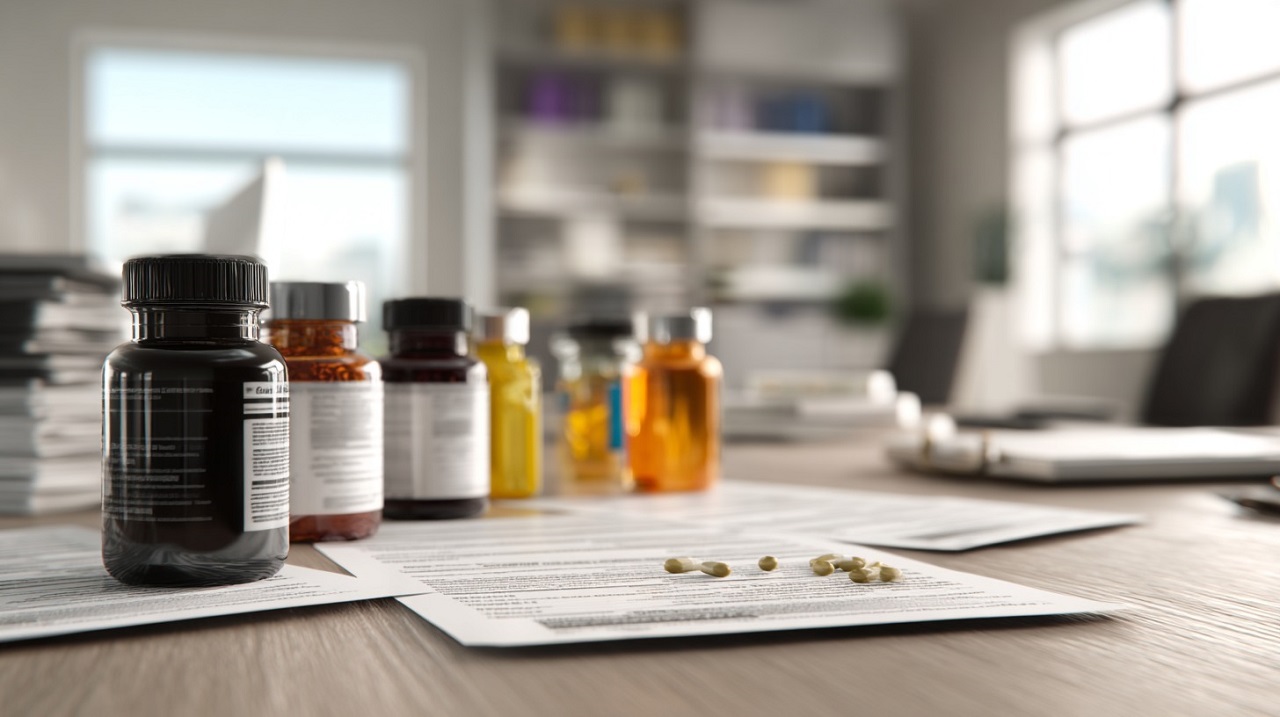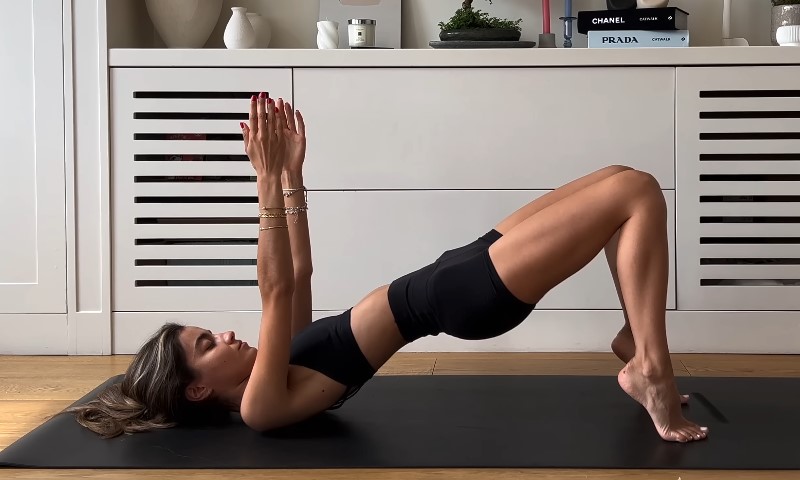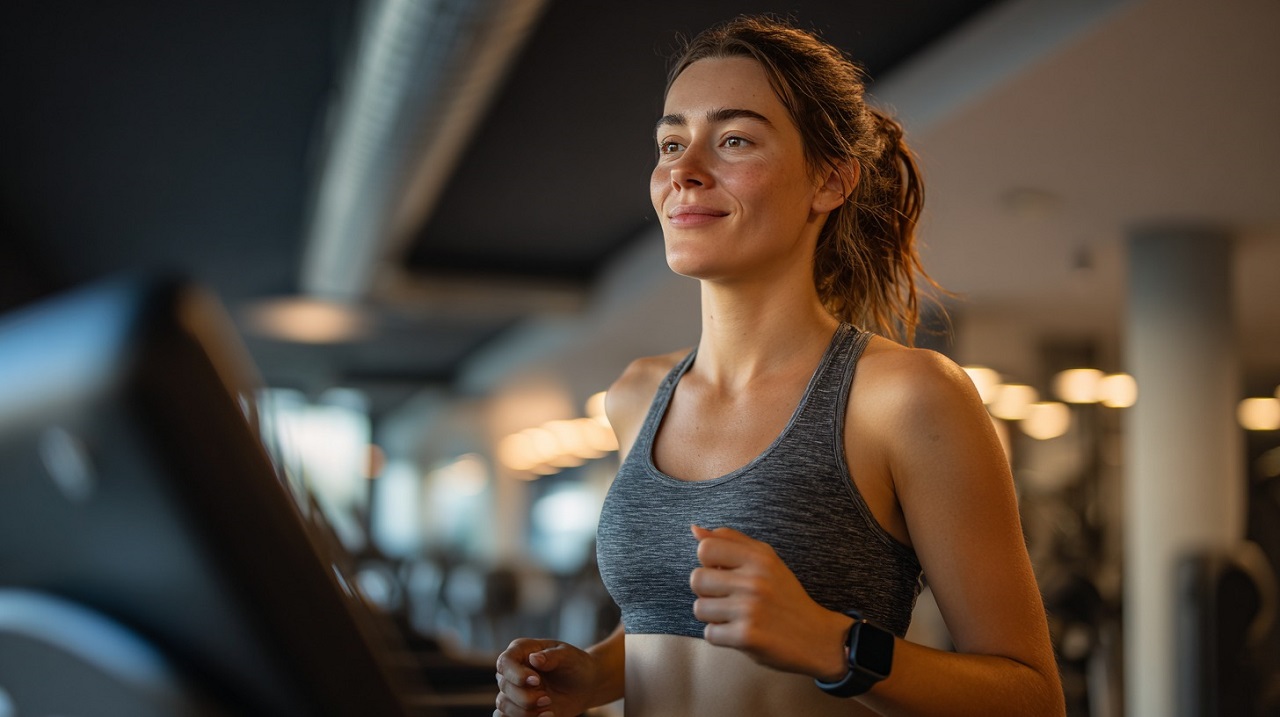
Share Post:
So you’re over 50 and want to keep moving. Maybe you’ve always been active, maybe you’re easing back into it after years of desk jobs and obligations.
Either way, getting regular exercise is one of the best decisions you can make, not just for your body, but for your brain, your sleep, your stress levels, your balance (literally), and your confidence.
But here’s the kicker: it’s not the same playbook anymore.
A lot changes with age. Not just the stuff you see in the mirror. Your recovery time shifts. Muscle loss accelerates. Bone density dips.
Joint stability becomes a thing you think about. So while staying active is non-negotiable, how you go about it becomes even more important.
That’s where most people go wrong, not because they’re lazy or clueless, but because they’re stuck in routines that made sense decades ago but now quietly undermine progress. So let’s make sure you’re not unintentionally sabotaging yourself.
Below are ten super common mistakes people make when working out after 50 and smarter ways to stay strong, mobile, and injury-free.
Table of Contents
Toggle1. Overdoing It with Long, Grueling Workouts

You’re not training for the Olympics. You’re training for life, your life. That could mean hiking on the weekends, picking up grandkids without wincing, or simply having the energy to get through the week without needing a nap every afternoon.
And yet, many people still think a “good workout” means going hard for 90 minutes straight.
The problem? Your body doesn’t bounce back like it used to. Long sessions can crank up inflammation, delay recovery, and lead to burnout or even injuries.
Smarter approach: Break it up.
- Do 5–10 minutes of bodyweight strength work in the morning.
- Take a brisk 20-minute walk at lunch.
- Wind down with 10 minutes of mobility or light weights after dinner.
That adds up to a solid routine, without draining your tank all at once.
2. Copying What You See Online
Social media is a minefield. You scroll through a video of someone half your age doing explosive box jumps or contorting into some yoga pretzel pose, and suddenly, you’re tempted to give it a shot. What could go wrong?
Well, for starters: tendonitis, sprains, or worse.
According to Dr. Allen Conrad, a strength and conditioning specialist, the rise of what he calls “TikTok tendonitis” is no joke—especially among older adults who’ve been relatively sedentary and are suddenly trying to replicate high-impact moves.
Smarter approach: Stick to movements your body already recognizes.
- Squats, lunges, rows, and pushups—scaled for your ability—are the fundamentals.
- If you’re curious about a new move, ask a trainer or physical therapist for input first.
- Don’t let ego drive your workout. You’re not here to impress your Instagram feed.
3. Skipping the Warm-Up
Nobody’s got time for a warm-up—until they’re limping for two weeks with a strained hamstring.
As you get older, muscles and tendons need more coaxing to get into gear. Jumping into a workout cold is like revving a frozen engine.
Even five minutes of easy movement can prep your body for safer, more effective exercise.
Smarter approach: Make warming up non-negotiable.
- Start with light cardio (marching in place, arm circles, shoulder rolls).
- Add dynamic stretches like hip circles, leg swings, or inchworms.
- Save static stretching (the classic hold-and-breathe kind) for after your workout.
You’ll feel looser and perform better. Plus, you’ll dramatically reduce your risk of injury.
4. Neglecting Hydration
Hydration isn’t just about avoiding thirst. As we age, our ability to regulate temperature and retain water declines.
Add exercise, especially anything that makes you sweat—and you’re heading for trouble if you’re not replacing fluids.
Conrad recommends drinking water not just after you work out, but before and during, too.
Smarter approach: Build a hydration habit.
- Drink a glass of water when you wake up.
- Aim for 8–12 glasses throughout the day, more if you’re sweating heavily.
- Keep a bottle nearby during your workouts and sip regularly.
Bonus tip: If your workouts last longer than 45 minutes or take place in heat, consider adding electrolytes to your water to maintain proper mineral balance.
5. Picking Up Where You Left Off—Years Ago
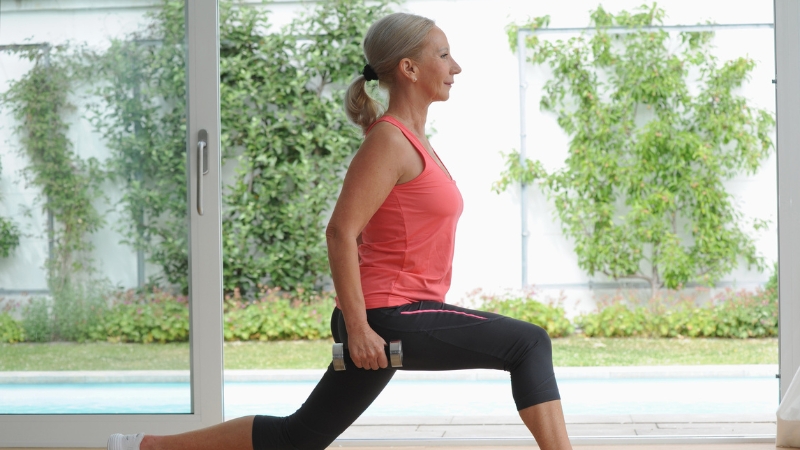
You crushed 10 Ks in your 30s. You benched 200 in college. You could touch your toes, backwards.
Awesome.
But trying to re-enter that level on day one at 55? That’s how you get benched—by your own body.
Robert Dodds, a seasoned personal trainer, warns that the illusion of “muscle memory” can lead to dangerous miscalculations. Your technique, range of motion, and strength have likely changed. Pushing too hard, too fast, often ends in a setback.
Smarter approach: Respect the gap.
- Ease in slowly—start with basic bodyweight or light resistance work.
- Track how your joints, breath, and balance respond before adding intensity.
- If it’s been years since you did a certain activity (like skiing or CrossFit), hire a coach to re-teach foundational skills.
6. Ignoring Balance and Stability Training
If you don’t train balance, it fades.
Roger E. Adams, Ph.D., emphasizes that age-related muscle loss and reduced bone density, especially in the spine, can impact your posture and equilibrium. That’s why falls become more common after 50, and why focusing only on traditional strength or cardio won’t cut it anymore.
And if your balance has already become shaky or you’re recovering from an injury, according to physical-therapy-assistant.org, guided support from a physical therapist or trained assistant can make a real difference. They can help customize exercises that improve core stability, rebuild coordination, and reduce fall risk, without pushing you past what’s safe.
Smarter approach: Include stability work regularly.
- Add single-leg exercises to your routine (start with holding onto a chair).
- Try yoga poses like Tree or Warrior III to build proprioception.
- Incorporate tools like balance pads or BOSU balls for fun challenges.
Two or three times a week is enough to help you stay confident on your feet—and off the injury list.
7. Skipping Strength Training Altogether
There’s a stubborn myth that cardio is king, especially for aging bodies. But here’s the thing: after 30, most of us lose muscle mass at a rate of 3–5% per decade unless we actively fight it.
No, strength training won’t bulk you up like a bodybuilder (unless you’re aiming for that). But it will help you:
- Preserve lean muscle
- Improve metabolism
- Support your joints
- Protect your bones
Smarter approach: Start simple and go consistently.
- Use resistance bands, light dumbbells, or bodyweight.
- Aim for full-body workouts 2–3 times per week.
- Focus on controlled, slow movements—quality beats quantity.
8. Avoiding Recovery Days
Working out every day might sound virtuous, but rest isn’t laziness—it’s strategy.
Older bodies take longer to repair muscle tissue. Without recovery days, you’re essentially tearing things down without giving them a chance to rebuild.
That’s when overuse injuries sneak in—tendinitis, joint pain, fatigue that just doesn’t go away.
Smarter approach: Schedule recovery into your week.
- Alternate strength days with walking, swimming, or gentle yoga.
- Use a foam roller or massage ball to help muscles relax.
- Prioritize sleep—seven to nine hours a night is ideal.
Your gains depend on your recovery. Don’t skip it.
9. Doing the Same Routine Over and Over
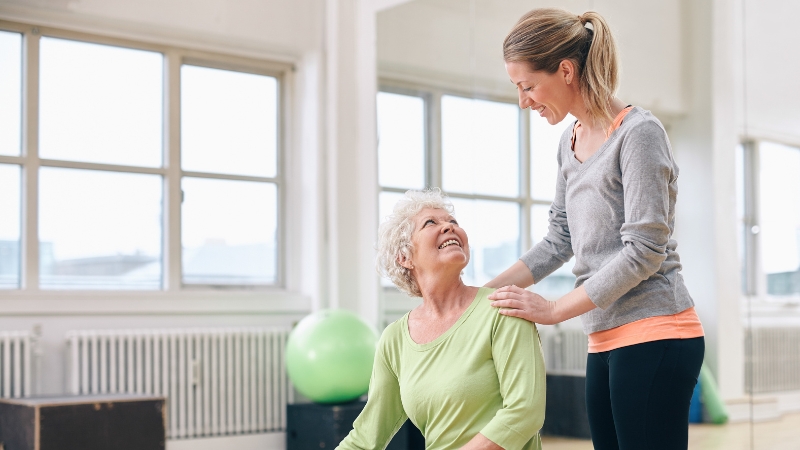
Habits are great. Ruts? Not so much.
If you’ve been doing the same elliptical workout, the same yoga DVD, or the same dumbbell circuit for months or years… your body has probably adapted. That means fewer gains and more risk of repetitive strain.
Plus, your brain gets bored, and boredom is a fast track to quitting.
Smarter approach: Shake it up strategically.
- Change one variable every few weeks: reps, resistance, pace, or duration.
- Try a new activity entirely—pickleball, dance, TRX, swimming.
- Listen to podcasts while walking to make cardio more enjoyable and informative.
10. Not Asking for Help
There’s no medal for going it alone. And yet, many people over 50 feel embarrassed to ask for guidance, especially if they were athletic in their younger years.
But here’s the truth: your body isn’t failing you. It’s just playing by a different rulebook now.
A personal trainer, physical therapist, or even an experienced fitness buddy can be a game-changer. They’ll help you move smarter, avoid pain, and stick with your goals longer.
Smarter approach: Think of help as a shortcut, not a crutch.
- Ask your gym for a movement assessment.
- Look for trainers who specialize in aging or post-rehab fitness.
- Even one or two sessions can correct bad form or give you a solid plan.
Final Thought: Adjust, Don’t Abandon
@suzi1220 5 moves you should be doing if you’re over 50 to keep your body healthy and keep it moving! Try doing 10 reps of each three or four times!! #fyp #tiktoker #workoutmotivation #newyou #gymmotivation #newyearnewyou #healthtransformation #bodytransformation #exercise #foryoupage #fitnesstips #healthjourney #cardio #nevertoolate ♬ 100% Pure Love – Crystal Waters
You don’t need to quit anything you love. You just need to approach it with more self-awareness, patience, and intention than you did at 25. That’s not a burden—it’s a privilege. You’re still in the game. You just have better strategies now.
Whether you’re trying to stay injury-free, regain lost energy, or just move with more confidence, avoiding these common mistakes can keep you on track for years to come.
What’s something you used to love doing that you’d like to bring back into your fitness routine?
Related Posts:
- 8 Common Mistakes to Avoid on a Vegan Bodybuilding Plan
- Can’t Find the Energy? Tips for Working Out After a…
- 13 Common Mistakes People Make After Joining the Gym
- Does Working Out Really Help Slow Down Skin Aging?
- The Full Guide to Working Out With a Weak Immune System
- Top 5 Mistakes to Avoid When Performing Side Lunges


